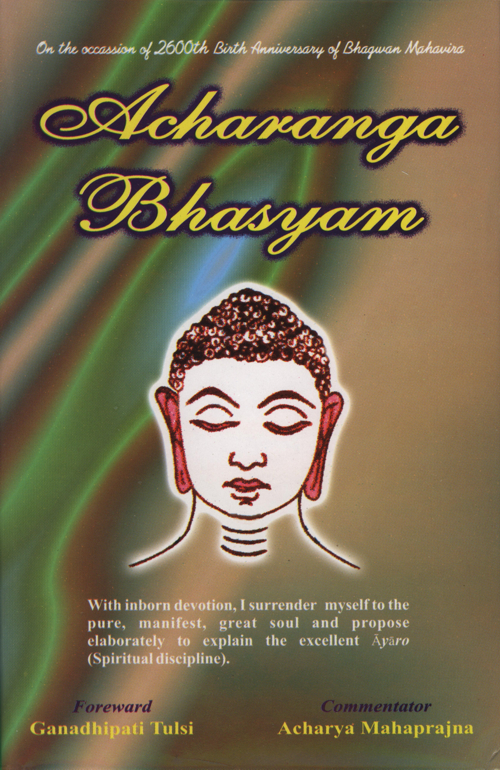It is well known that during the life-time of Lord Mahāvῑra, Gautama and other Gaṇdharas composed Pūrvas and Aṅgas literature. Should that mean that other monks had made no contribution towards composing Āgamas?
Lord Mahāvῑra is known to have 14000 disciples [1],13 out of which 700 were omniscients and 400 were 'vādis' (debators)'. According to the Nandῑ, 14000 disciples of Lord Mahāvῑra composed 14000 Prakirṇakas [2] which were in addition to the ' Aṅgas' and Pūrvas.
We have no evidence on record to accept that categories as Aṅgapraviṣṭa and Aṅgabāhya came into existence at that time. After Lord Mahāvῑra passed away when other Acharyas composed some works, it is quite possible that the issue was debated whether the works could be included in the category of Āgamas and whether they can be regarded as authoritative. It appears that after a great debate and circumspection, it was decided that the works composed by caturdaśapūrvῑ and daśapūrvῑ may be categorized as 'Āgamas'. Although they were not considered authority in themselves, yet as they were in consonance with principles laid down in the 'Dvādasāṅgi' they were considered as the Āgama literature and simultaneously categorized as distinct from 'Aṅgapraviṣṭa' due to their being 'parataḥ prāmānya āgama'. This way the Aṅgabāhya category was conceived in the Āgama literature.
Jinabhadra Kṣamāśramaṇa has presented three tests for categorization of Aṅgapraviṣṭa:[3]
- Those, which are composed by the Gaṇadharas.
- What is propounded by a Tῑrthaṅkara in response to a Gaṇadhara's question.
- Which is related to the eternal truth.
The works other than those fulfilling the above criteria and those which are the works of sthaviras are supposed to be Aṅgabāhya.
The other attribute of Aṅgabāhya is that it is an extempore discourse of Tῑrthaṅkara, the content of which is not eternal but temporal.
The main criterion distinguishing between the Aṅgabāhya and Aṅgapraviṣṭa is the difference in their authorship or speakers.[4]
'The Āgama' which is pronounced by Lord Mahāvῑra and has been compiled by a Gaṇadhara is regarded as the main limbs of the personified 'Śrutapuruṣa' and is called ‘Aṅgapraviṣṭa’.
According to the 'Sarvārthasiddhi', there are three kinds of preachers - (i) Tῑrthaṅkara (ii) Śrutakevalῑ i.e. (Caturdaśapūrῑi) (iii) 'Ārātῑya’[5] i.e. later Ācāryas. The works of Ārātῑya Ācāryas have been termed as Aṅgabāhya.
Acharya Akalanka has said that Āgamas composed by the later ācāryas are only reflections of the principles propounded in original Aṅga literature.[6] The Aṅgabāhya literature is like the subsidiary limbs of personified śruta-puruṣa.
gaṇahara-thcrakayaṃ vā, āesā mukka-vāgaraṇao vā.
dhuva-cala visesao vā, aṃgāṇagesu ṇāṇattaṃ.
 Acharya Mahaprajna
Acharya Mahaprajna

